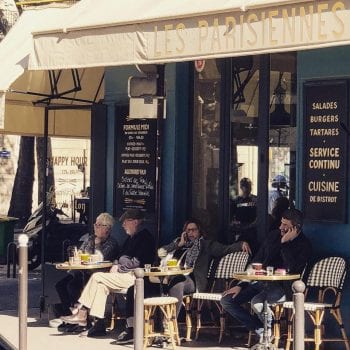 This week saw our intrepid travellers head across the border into France. Lucy and her sister Emma headed to the glamour of the French Riviera, while Rob and Heather set up camp in Paris! Heather looks like a true “Parisienne” in this photo… the only thing that gives her away is the gentleman sitting next to her in his RM Williams boots!
This week saw our intrepid travellers head across the border into France. Lucy and her sister Emma headed to the glamour of the French Riviera, while Rob and Heather set up camp in Paris! Heather looks like a true “Parisienne” in this photo… the only thing that gives her away is the gentleman sitting next to her in his RM Williams boots!
 While last week, I was left guessing with regards to what the Moody’s were drinking in Germany, this week I was sent a clue in the form of this photo. It also came with the disclaimer that seeing Somerled do no export to Paris, they were willing to make do with a bottle of Veuve!
While last week, I was left guessing with regards to what the Moody’s were drinking in Germany, this week I was sent a clue in the form of this photo. It also came with the disclaimer that seeing Somerled do no export to Paris, they were willing to make do with a bottle of Veuve!
I know we’ve spoken about Champagne before, but let’s live vicariously through the Moody’s for a moment and take a trip to this fascinating region.
Where is Champagne from?
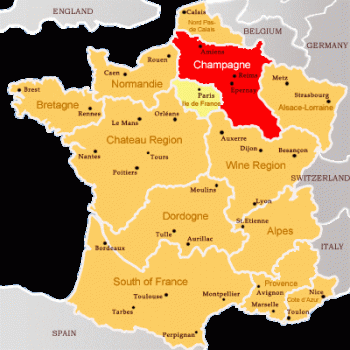 Remembering that the term Champagne can only be used for sparkling wine which is made from grapes grown in the Champagne region – I guess that answers that question!
Remembering that the term Champagne can only be used for sparkling wine which is made from grapes grown in the Champagne region – I guess that answers that question!
If you drive around 150 kilometers northeast of Rob and Heather’s apartment in Paris, you will be smack bang in the middle of Champagne. The local cities of Epernay and Reims are where you will find all the major Champagne producers such as Veuve Clicquot and Moet Chandon.
Champagne boasts around 83,000 acres (34,000 ha) of vineyards. An average of a million bottles of Champagne are produced a day!
How is Champagne made?
You’ll find an in-depth discussion about how Champagne and sparkling wine is made in my previous post.
What I should add though is that in France, Champagne is made from one, two or all three of the following grape varieties…
- Pinot Noir
- Chardonnay
- Pinot Meunier
You should be pretty familiar with the first two, however, Pinot Meunier may be new to you. It’s a red grape variety which you will usually only see in a blend – very rarely will you find a straight Pinot Meunier table red.
In Champagne, Pinot Meunier is considered to be vital in adding fruit character and freshness to the power of Pinot Noir and the grace of Chardonnay.
Regions
There are five mains regions in Champagne each with their own predominant variety of grape…
Pinot Noir and a slightly smaller percentage of
Chardonnay vineyards and Pinot Meunier vineyards.
2. Vallée de la Marne
Pinot Meunier
3. Côte des Blancs & Epernay
Chardonnay
4. Côte des Bar (Aube)
Pinot Noir
5. Côte de Sézanne
Chardonnay
Styles
Here are a heap of terms you may have heard before but not really understood…
Non-Vintage (NV): The most traditional of all Champagne styles. Non-vintage Champagne is a blend of multiple varieties and vintages of wine. The goal is to blend a consistent wine every year. Minimum aging is 1.5 years.
Vintage: Vintage champagne is made from grapes harvested in one single vintage. They are aged for a minimum of 3 years prior to release.
Cuvée de prestige: This is the tête de cuvée or “Grande Cuvee” of a Champagne house – the very best wine a house produces.
Blanc de Blancs: A Champagne made completely of white grapes like Chardonnay.
Blanc de Noirs: A Champagne made completely with black grapes, such as Pinot Noir and Pinot Meunier (think Somerled Sparkling Pinot Noir!).
Rosé: Typically, a blend of white and red wine to create a pink wine prior to secondary fermentation.
What is Brut?
While not a style as such, you may have also come across the term “Brut”, which describes the level of sweetness in Champagne. It ranges from “Brut Zero” or essentially no sweetness (0-3 g/L or residual sugar) to “Doux” which can have more than 50 g/L of residual sugar.
The sweetness in Champagne comes from the “dosage” which is added after the 2nd fermentation is finished (usually in the form of grape juice).
Veuve Clicquot
Now back to that photo…
The history of champagne houses in France is something we could talk about for days, but here are a few interesting facts I found out about Veuve Clicquot – one of the oldest and most popular producers of champagne (not to mention good enough for the Moody’s to drink!).
 Founded in 1772 by Philippe Clicquot-Muiron
Founded in 1772 by Philippe Clicquot-Muiron- Philippe’s son, François Clicquot, married Barbe-Nicole Ponsardin in 1798 and he died in 1805.
- The widow (or “veuve” in French), Madame Clicquot, became the first woman to take over a Champagne house.
- Uncompromising when it came to the quality of her wines, she perfected new techniques of production. She invented the “table de remuage” (riddling racks) to clarify champagne and created the very first blend of rosé champagne.
- She was (and still is) referred to as the “Grande Dame of Champagne”
- Their motto is “One quality, the finest”
Australian Sparkling
Anyone who has had a glass of Rob’s Somerled Sparkling Pinot Noir knows that we have some amazing sparkling wines here in Australia.
Given acidity is key to producing a great sparkling, cool climate regions such as Tasmania, Mornington Peninsula and of course the Adelaide Hills are producing wines that are challenging the best in the world. In the 2018 World Sparkling Wine Championships, Australia won 10 Gold medals and 10 Silvers!
I recently had the pleasure of attending an Adelaide Hills Sparkling masterclass, tasting twenty-one Traditional Method Sparkling wines from 13 different producers across the region (yes, it was a long day!).
The quality was sensational! Given the Adelaide Hills represents less than 5% of the total sparkling wine production in Australian (1,500,000L) we clearly have a concentration of outstanding talent. So, by all means, celebrate your next special occasion with some French bubbles, but you definitely can’t go wrong with a local drop. (Did I mention Somerled has a trophy-winning Pinot Noir Sparkling wine??!)
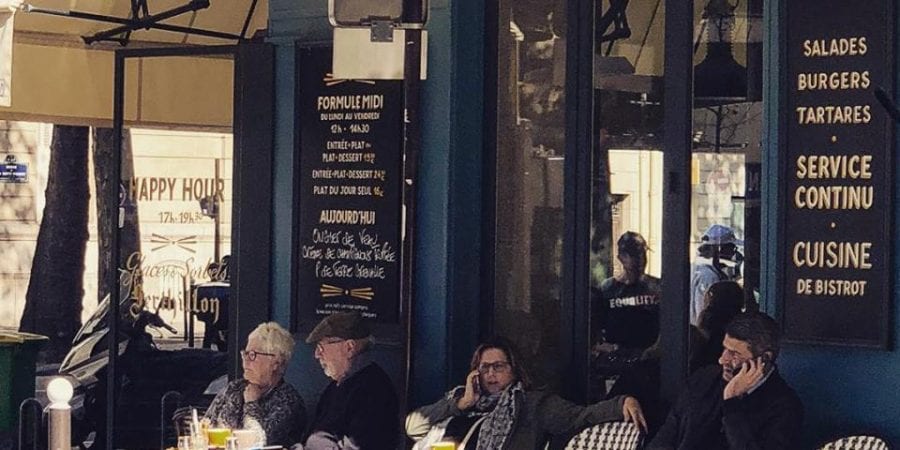
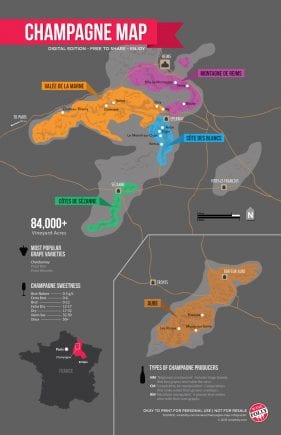
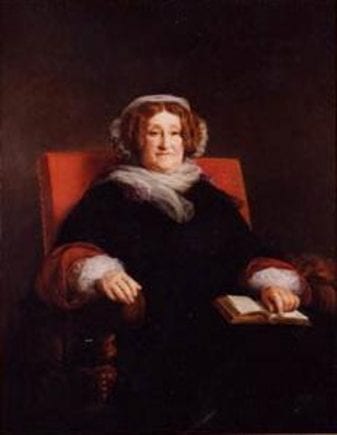 Founded in 1772 by Philippe Clicquot-Muiron
Founded in 1772 by Philippe Clicquot-Muiron